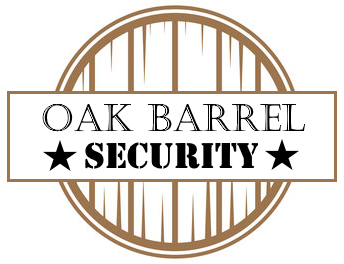Pour yourself a glass of bourbon because the Internet just handed us a case study in why vendor‑centric security is a myth you tell junior analysts to shut them up. Cloudflare hiccuped, a few destinations went dark for a bit, and suddenly we were all philosophers of the security roadmap again. Spoiler alert: the real roadmap isn’t a glossy Vendor Day deck; it’s a messy, unscripted outage that reveals how prepared you actually are when the lights go out.
What happened and why you should care
The short version is simple and unimpressive at the same time: a routine internal configuration error caused a cascading outage that damaged access to major sites. No towers of doom, no grand cyber conspiracy—just a reminder that the fabric of the web is held together by brittle, carefully engineered dysfunction. The piece notes that pivoting away from Cloudflare briefly got some sites back online, but it also hints at a grim truth: when your defenses rely on a single vendor to block “abusive and malicious traffic,” a hiccup there tends to become a hiccup everywhere.
Security folks suggested that stepping off the platform during the outage could have looked like a live, impromptu security test—sort of a natural pen test without a scope, budget, or written authorization. Which, in turn, raises a question CISOs apparently love to avoid: what happens when your primary shield is down and your backups are… well, backups? It’s not a heart‑stopping fight with a fictional monster; it’s a caffeine‑induced scramble to confirm you actually have a plan beyond a vendor’s incident response playbook.
Why this reads like a security roadmap you won’t want to publish
Let’s be blunt: outages expose your true security posture, which is usually a mix of checklists, vendor SLAs, and a lot of smoke. Cloudflare’s outage is a reminder that security is not achieved by turning a knob labeled “block traffic.” It’s a dynamic, multi‑layer discipline that requires independent visibility, robust backups, and the willingness to operate when the shine of a single provider fades. If you treated last year’s warnings as optional reading, this should be a wake‑up call wrapped in a dry whiskey breath.
The article’s takeaway amounts to a practical frustrator’s wishlist: diversify, test, rehearse failure scenarios, and don’t pretend that one vendor’s architecture equals an enterprise security program. If you’re still counting on one platform to do all the blocking and the monitoring, you’ve already accepted a risk you can’t legally or ethically claim you mitigated. And yes, your security program would benefit from a little room to breathe—think multi‑cloud routing, autonomous failover paths, and runbooks that don’t rely on vendor dashboards to tell you you’re safe.
Bottom line and what to actually do
Take this outage as a real world reminder to stop pretending vendor magic wards off all misconfiguration gremlins. Build resilience by distributing risk, validating controls with independent monitoring, and executing drills that don’t require a daisy‑chain of vendor approvals. If you’re going to celebrate a security roadmap, celebrate the ability to learn from a misstep and turn it into a plan someone other than a CISO can execute—preferably with a glass of aged whiskey in hand.
Read the original article here: Read the original.

